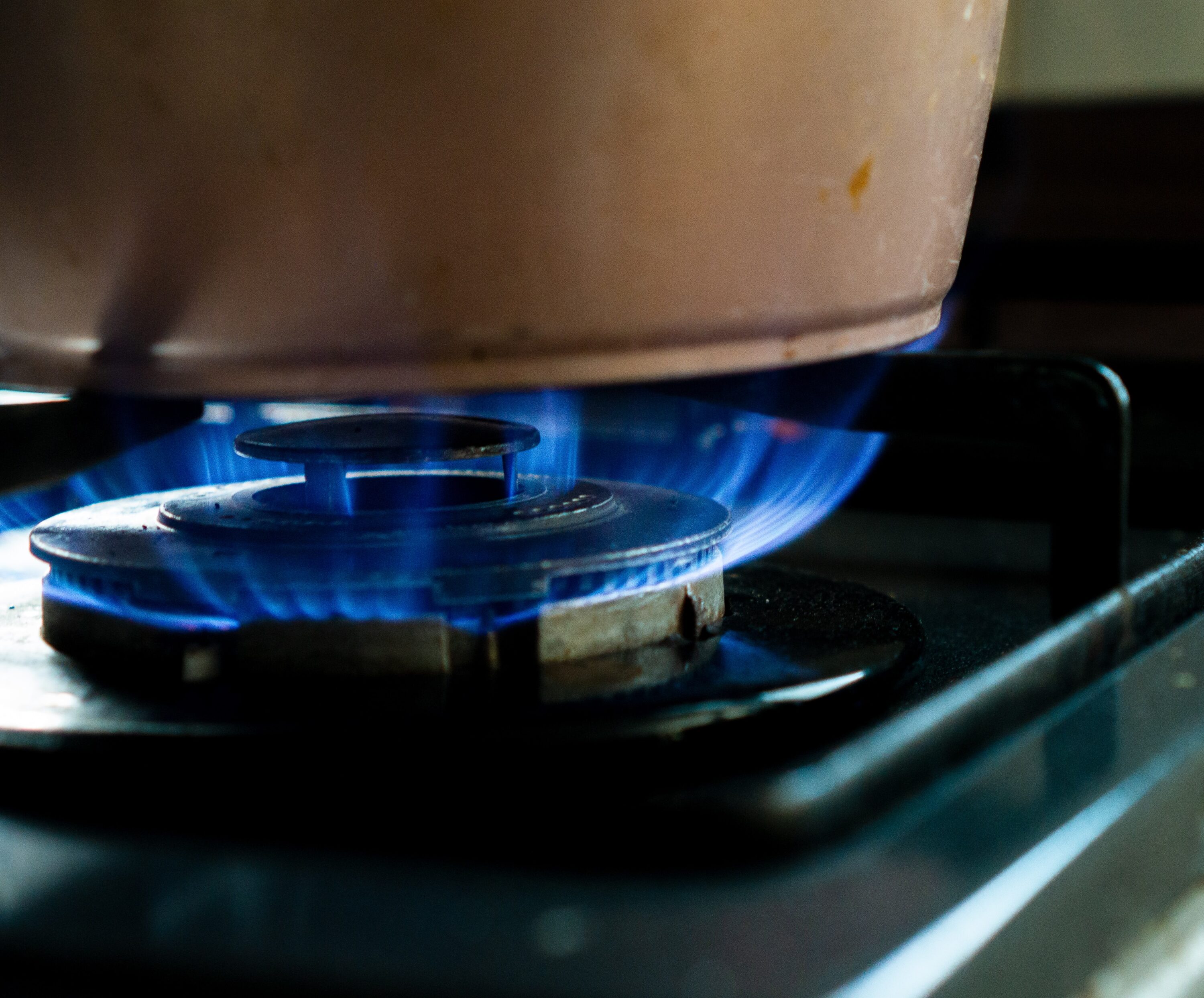The Southern California Gas Co. Friday announced a $1 million contribution to the Gas Assistance Fund, a program that helps income-qualified customers pay their natural gas bills.
Customers will be facing bills that could be double or higher compared to last year’s winter bills.
The high bills are a result of historically high natural gas prices in the western United States, according to the utility.
“We know that these higher prices have a real impact on our customers,” Gillian Wright, SoCal Gas senior vice president and chief customer officer, said in a statement.
“But we want them to know that there is help. We have valuable information on how to conserve energy, programs to assist with managing your energy usage and an unprecedented contribution to our Gas Assistance Fund, which will help our most vulnerable customers pay their bills.”
SoCalGas doesn’t set the price for natural gas. Instead, natural gas prices are determined by national and regional markets. SoCalGas buys natural gas in those markets on behalf of residential and small business customers, and the cost of buying that gas is billed to those customers with no markup, meaning SoCalGas does not profit from gas commodity prices going up, the company said.
According to the U.S. Energy Information Administration, a number of factors are contributing to higher natural gas commodity prices. They include widespread, below-normal temperatures on much of the West Coast; high natural gas demand for heating by customers in areas with below normal temperatures; reduced natural gas supplies to the West Coast; reduced interstate pipeline capacity to the West Coast; and low natural gas storage levels on the West Coast.







